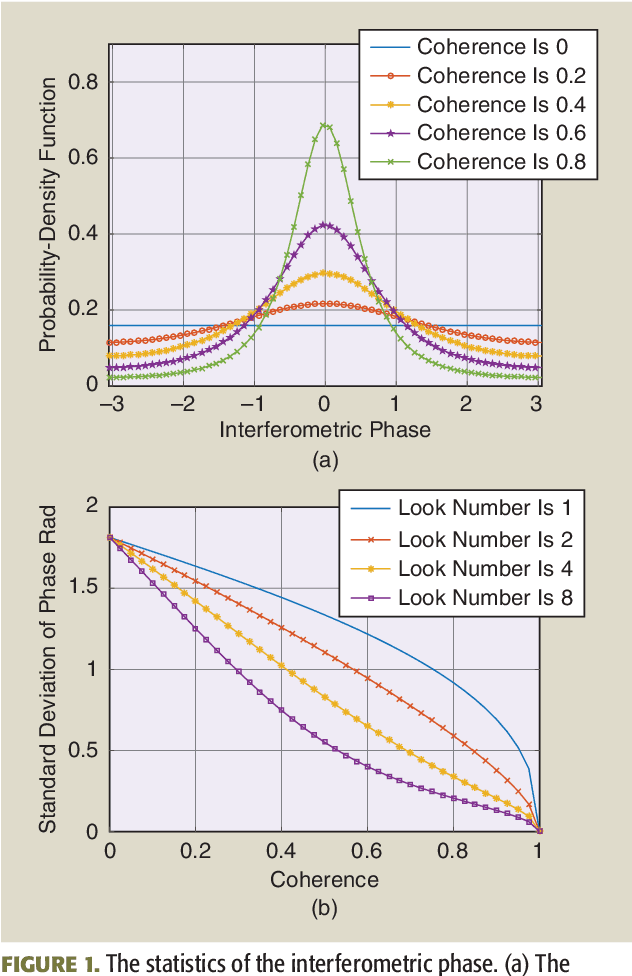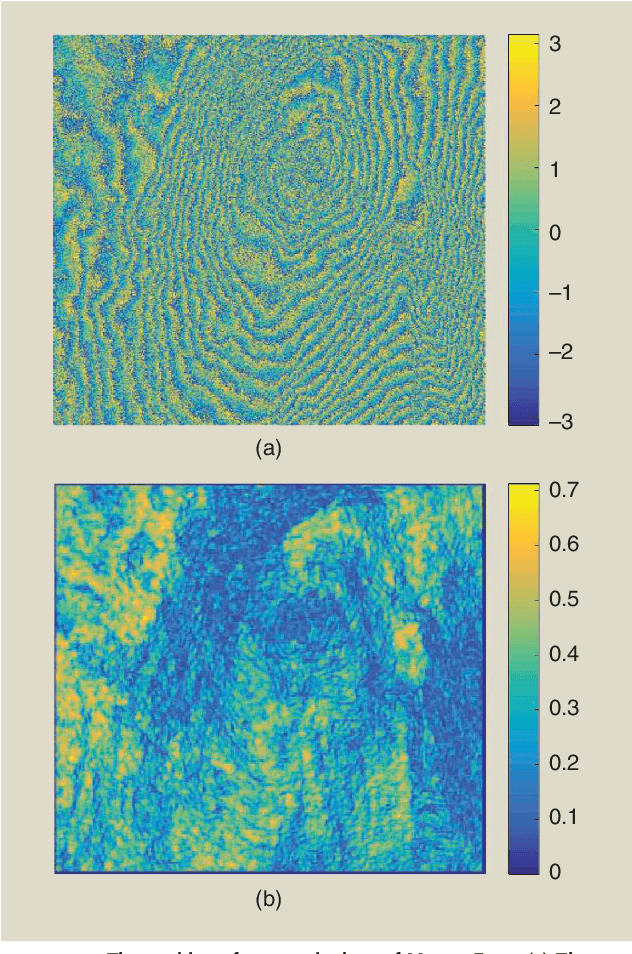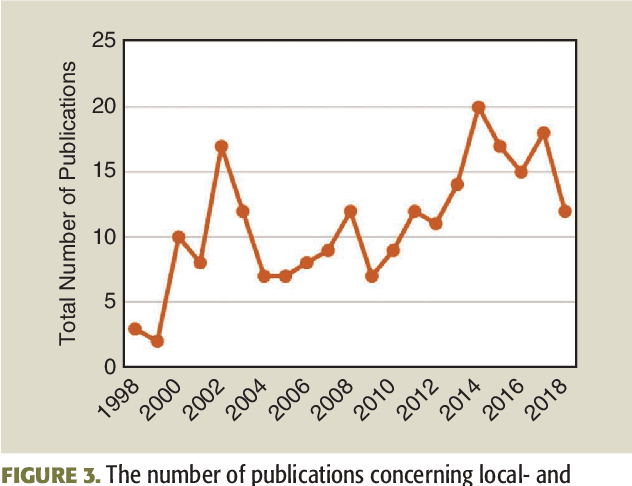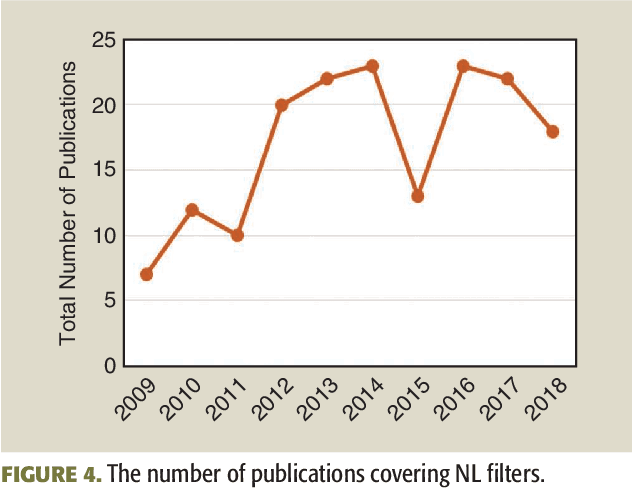Jinwei Li
FB-4D: Spatial-Temporal Coherent Dynamic 3D Content Generation with Feature Banks
Mar 26, 2025Abstract:With the rapid advancements in diffusion models and 3D generation techniques, dynamic 3D content generation has become a crucial research area. However, achieving high-fidelity 4D (dynamic 3D) generation with strong spatial-temporal consistency remains a challenging task. Inspired by recent findings that pretrained diffusion features capture rich correspondences, we propose FB-4D, a novel 4D generation framework that integrates a Feature Bank mechanism to enhance both spatial and temporal consistency in generated frames. In FB-4D, we store features extracted from previous frames and fuse them into the process of generating subsequent frames, ensuring consistent characteristics across both time and multiple views. To ensure a compact representation, the Feature Bank is updated by a proposed dynamic merging mechanism. Leveraging this Feature Bank, we demonstrate for the first time that generating additional reference sequences through multiple autoregressive iterations can continuously improve generation performance. Experimental results show that FB-4D significantly outperforms existing methods in terms of rendering quality, spatial-temporal consistency, and robustness. It surpasses all multi-view generation tuning-free approaches by a large margin and achieves performance on par with training-based methods.
Switchable deep beamformer for high-quality and real-time passive acoustic mapping
Dec 03, 2024Abstract:Passive acoustic mapping (PAM) is a promising tool for monitoring acoustic cavitation activities in the applications of ultrasound therapy. Data-adaptive beamformers for PAM have better image quality compared to the time exposure acoustics (TEA) algorithms. However, the computational cost of data-adaptive beamformers is considerably expensive. In this work, we develop a deep beamformer based on a generative adversarial network, which can switch between different transducer arrays and reconstruct high-quality PAM images directly from radio frequency ultrasound signals with low computational cost. The deep beamformer was trained on the dataset consisting of simulated and experimental cavitation signals of single and multiple microbubble clouds measured by different (linear and phased) arrays covering 1-15 MHz. We compared the performance of the deep beamformer to TEA and three different data-adaptive beamformers using the simulated and experimental test dataset. Compared with TEA, the deep beamformer reduced the energy spread area by 18.9%-65.0% and improved the image signal-to-noise ratio by 9.3-22.9 dB in average for the different arrays in our data. Compared to the data-adaptive beamformers, the deep beamformer reduced the computational cost by three orders of magnitude achieving 10.5 ms image reconstruction speed in our data, while the image quality was as good as that of the data-adaptive beamformers. These results demonstrated the potential of the deep beamformer for high-resolution monitoring of microbubble cavitation activities for ultrasound therapy.
A Review on InSAR Phase Denoising
Jan 03, 2020



Abstract:Nowadays, interferometric synthetic aperture radar (InSAR) has been a powerful tool in remote sensing by enhancing the information acquisition. During the InSAR processing, phase denoising of interferogram is a mandatory step for topography mapping and deformation monitoring. Over the last three decades, a large number of effective algorithms have been developed to do efforts on this topic. In this paper, we give a comprehensive overview of InSAR phase denoising methods, classifying the established and emerging algorithms into four main categories. The first two parts refer to the categories of traditional local filters and transformed-domain filters, respectively. The third part focuses on the category of nonlocal (NL) filters, considering their outstanding performances. Latter, some advanced methods based on new concept of signal processing are also introduced to show their potentials in this field. Moreover, several popular phase denoising methods are illustrated and compared by performing the numerical experiments using both simulated and measured data. The purpose of this paper is intended to provide necessary guideline and inspiration to related researchers by promoting the architecture development of InSAR signal processing.
 Add to Chrome
Add to Chrome Add to Firefox
Add to Firefox Add to Edge
Add to Edge